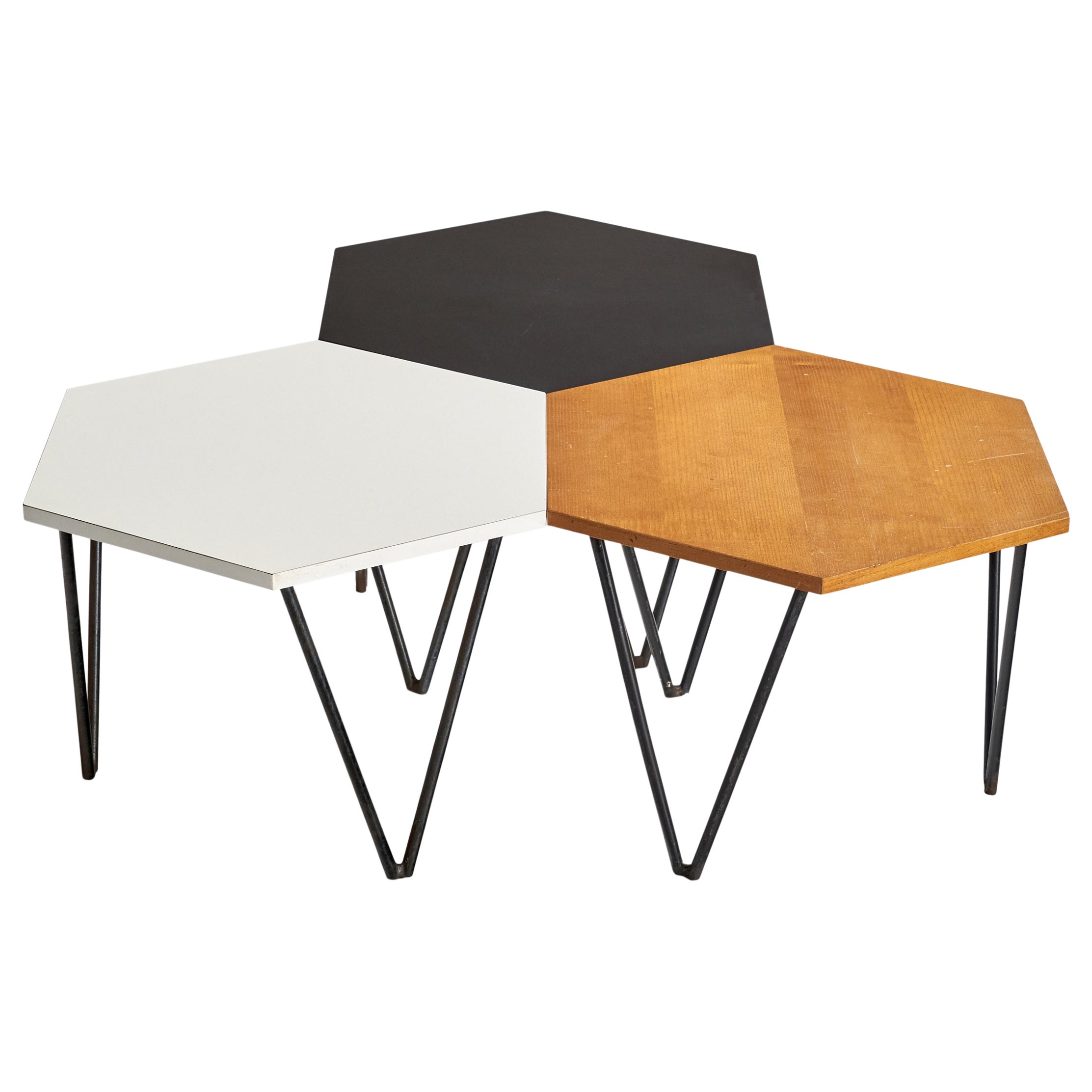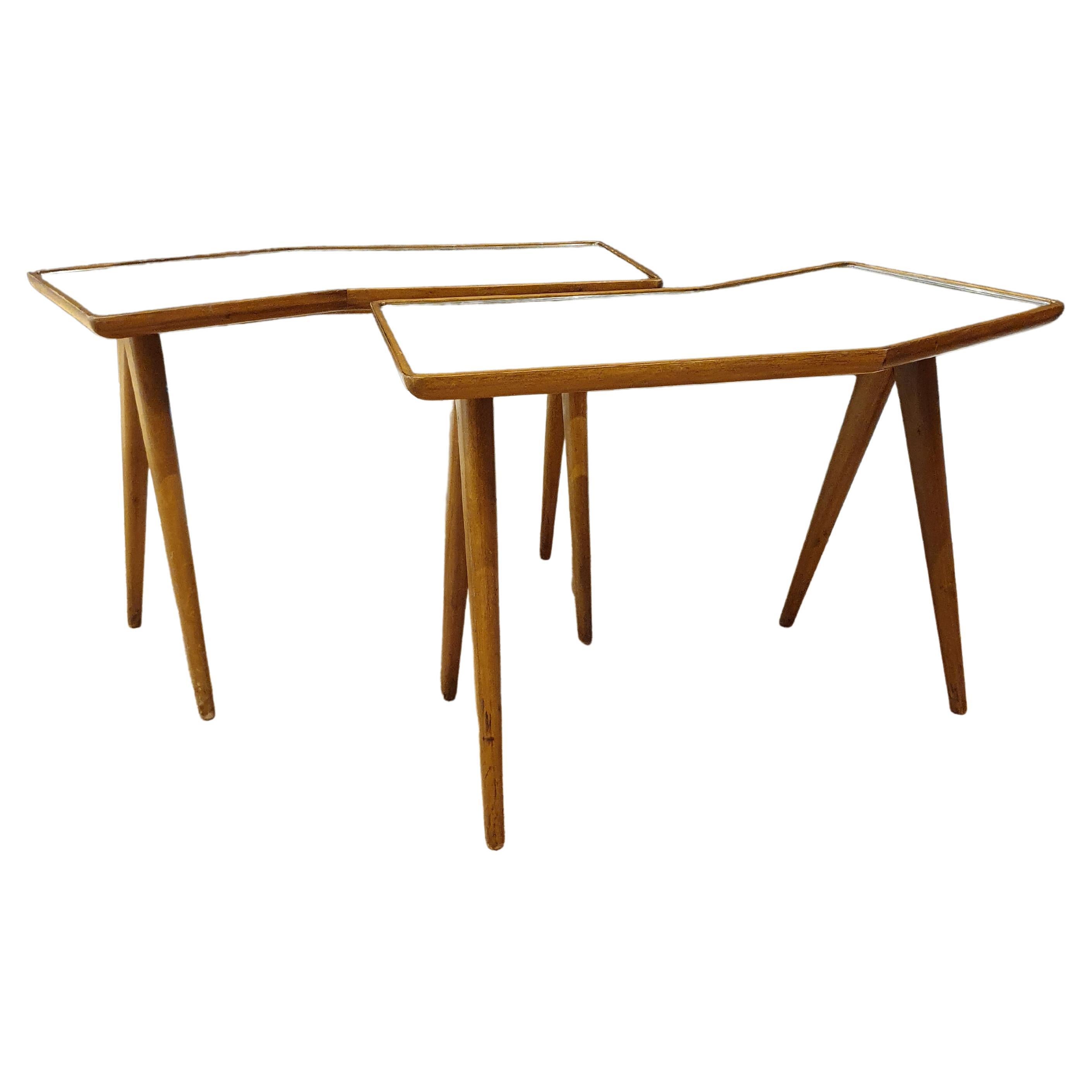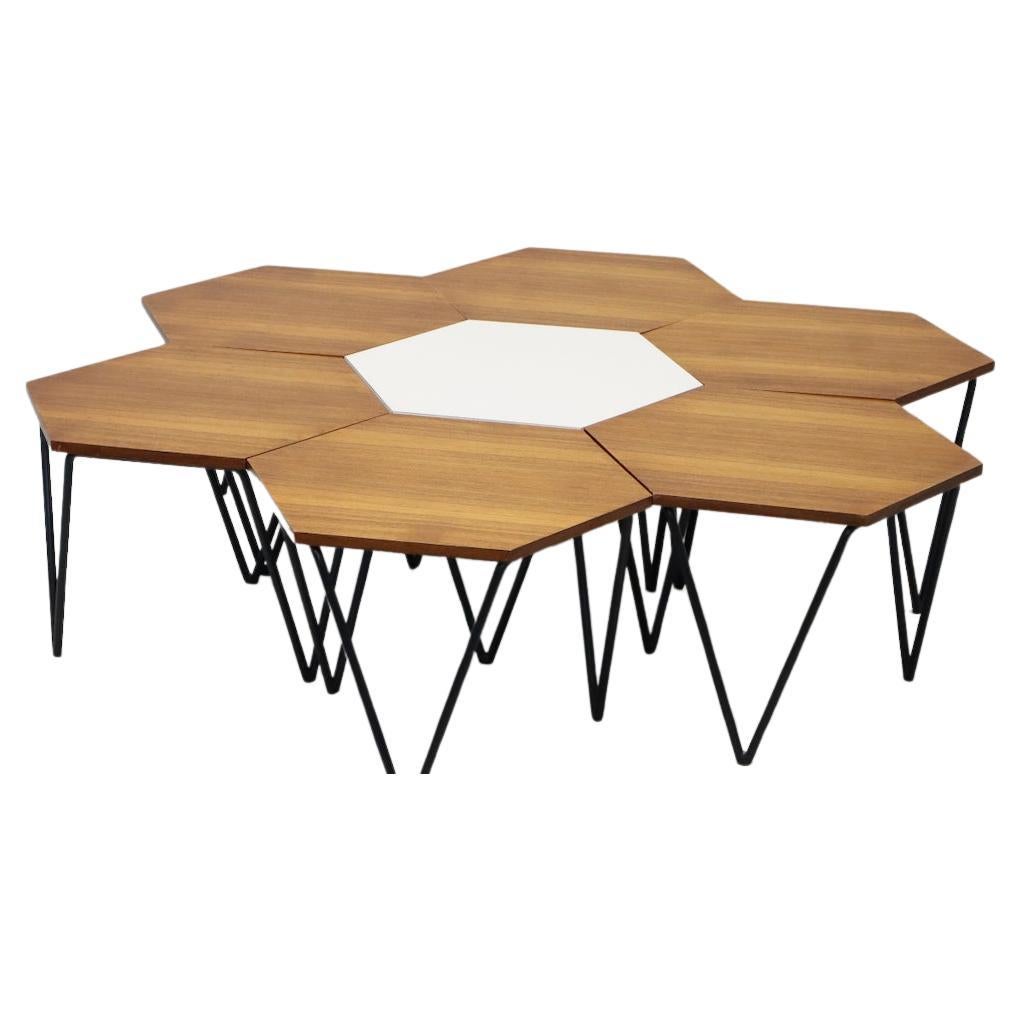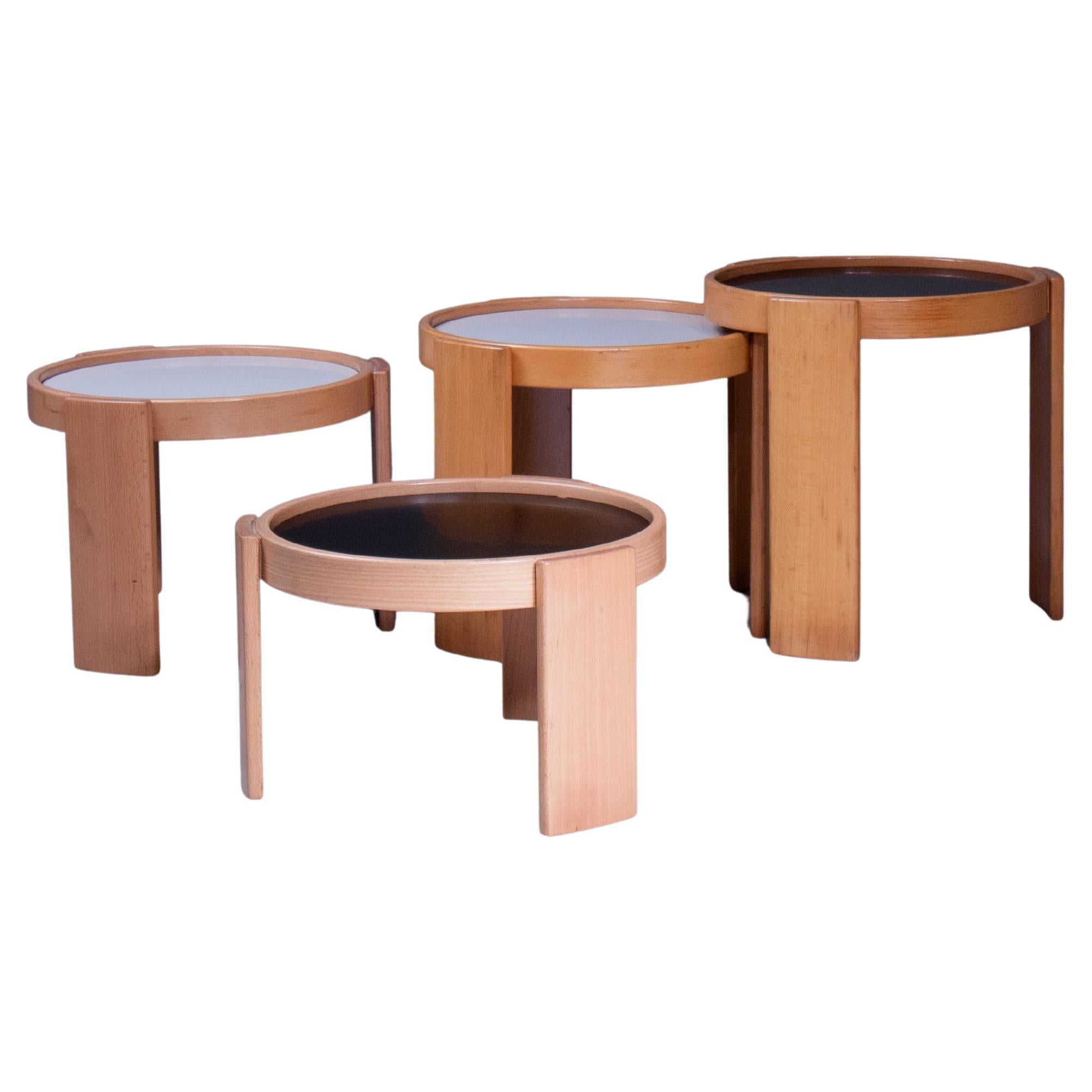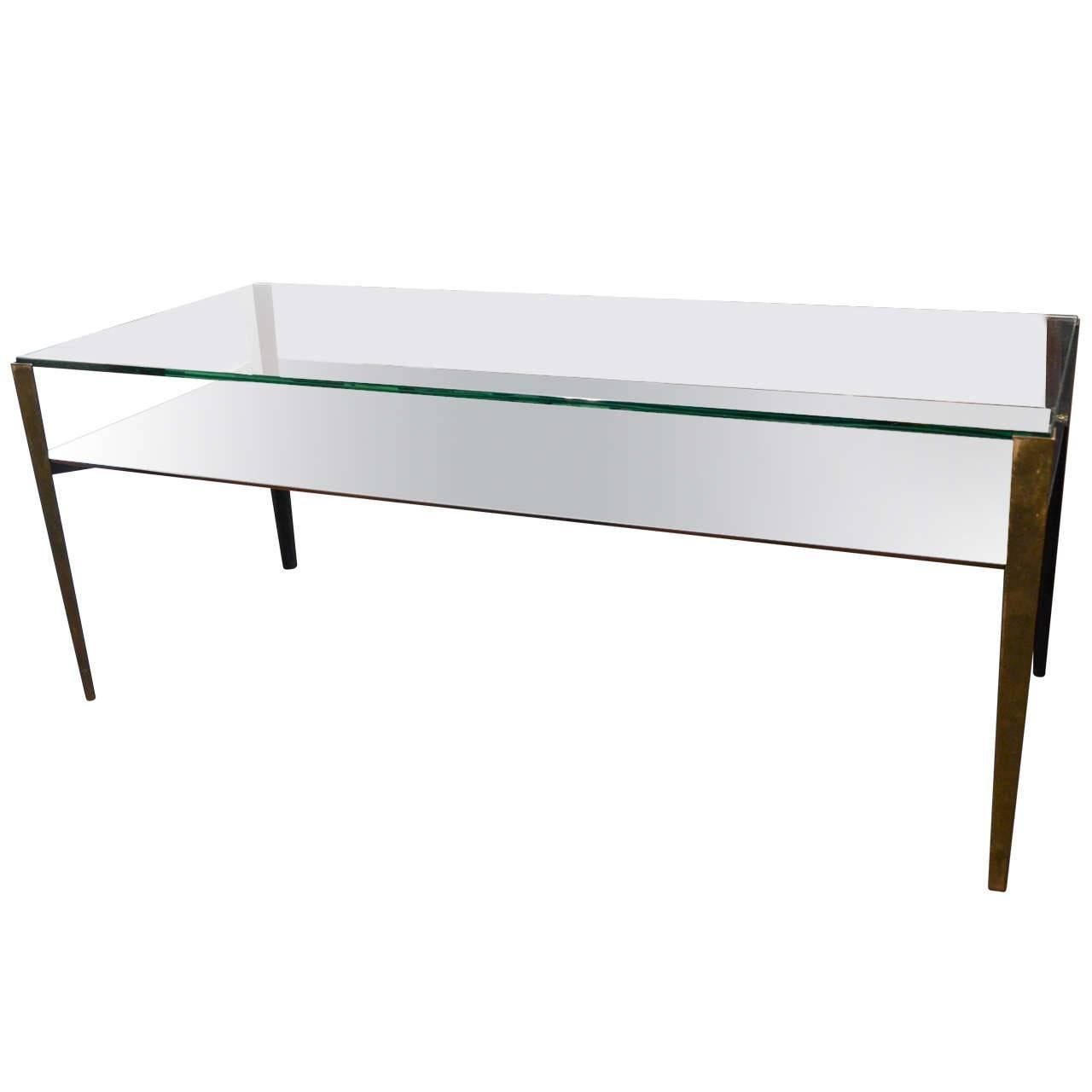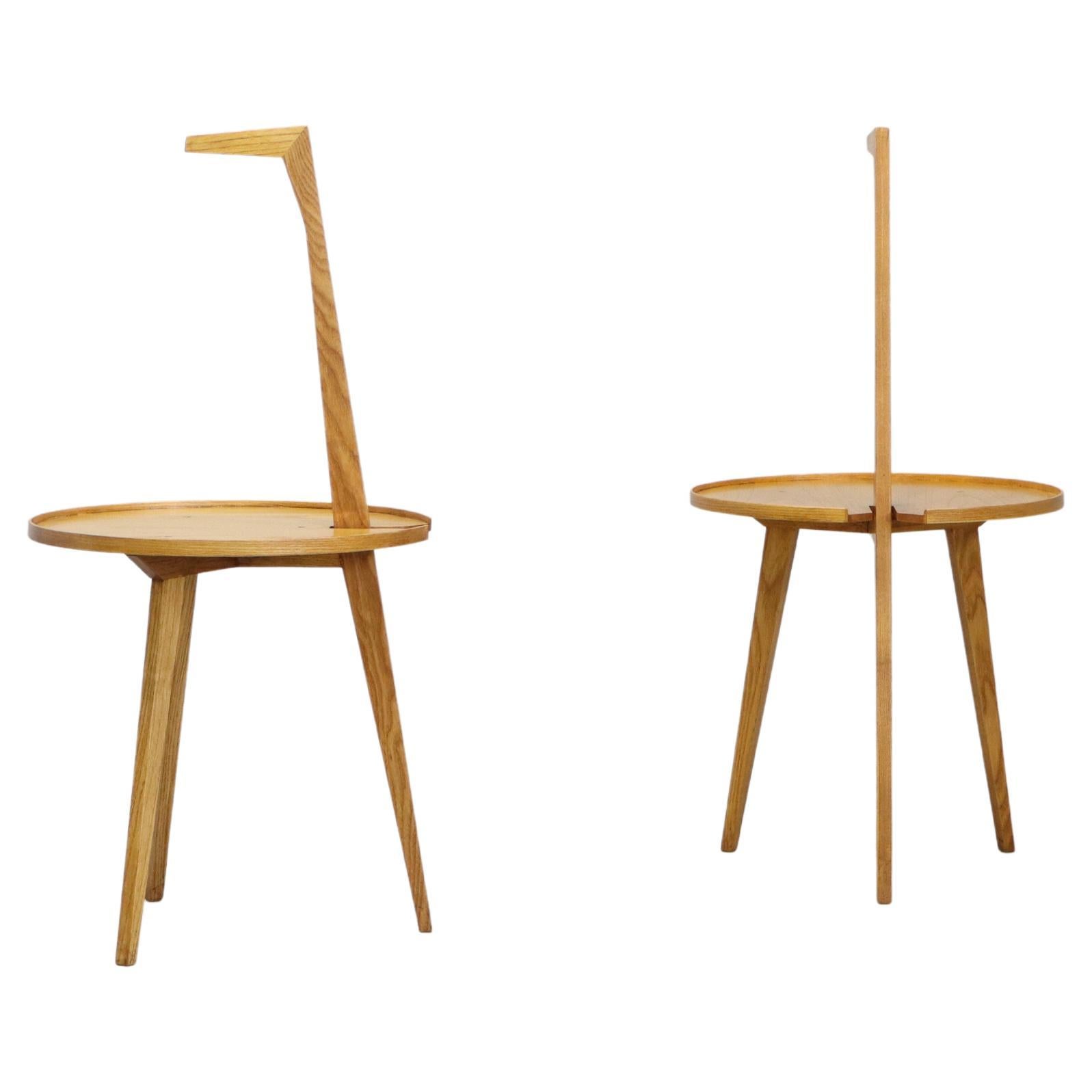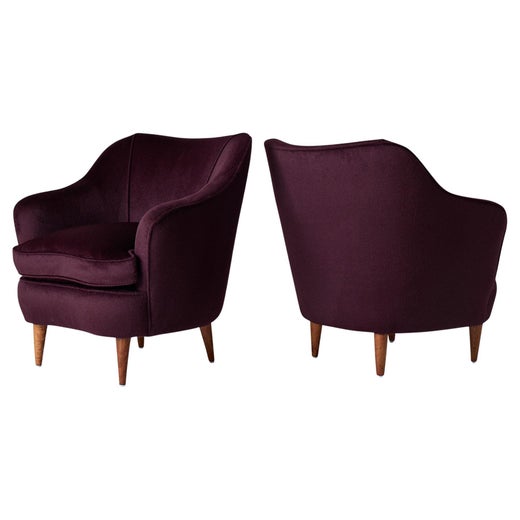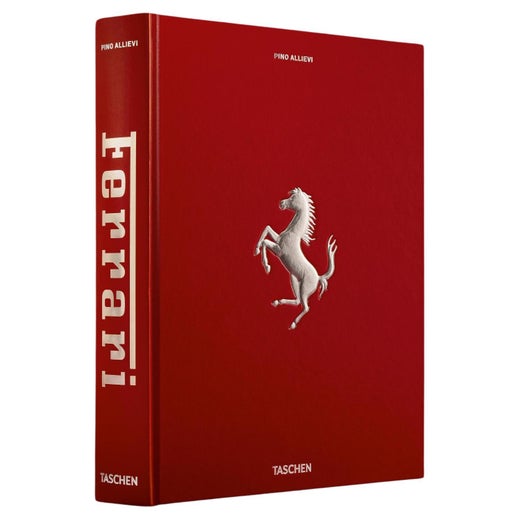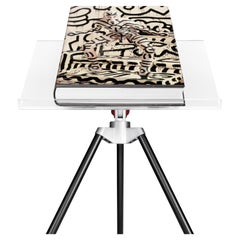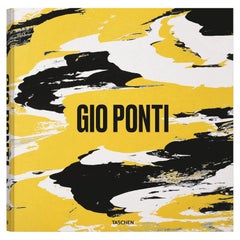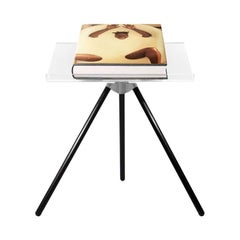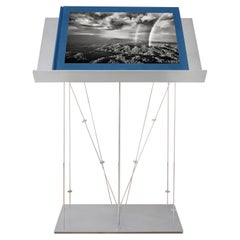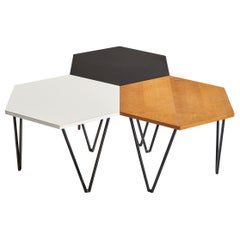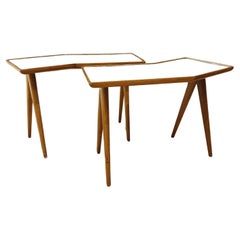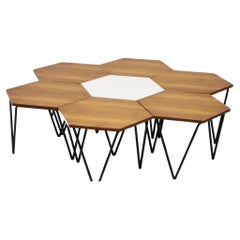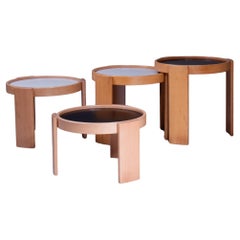Gio Ponti, Art Edition, the Planchart Coffee Table and a Set of Four Art Prints
About the Item
- Creator:
- Dimensions:Height: 22.25 in (56.5 cm)Width: 22.25 in (56.5 cm)Depth: 14.97 in (38 cm)
- Sold As:Set of 6
- Style:Mid-Century Modern (In the Style Of)
- Materials and Techniques:
- Place of Origin:
- Period:
- Date of Manufacture:2021
- Production Type:New & Custom(Limited Edition)
- Estimated Production Time:8-9 weeks
- Condition:
- Seller Location:Los Angeles, CA
- Reference Number:1stDibs: LU968123541862
Gio Ponti
An architect, furniture and industrial designer and editor, Gio Ponti was arguably the most influential figure in 20th-century Italian modernism.
Ponti designed thousands of furnishings and products — from cabinets, mirrors and chairs to ceramics and coffeemakers — and his buildings, including the brawny Pirelli Tower (1956) in his native Milan, and the castle-like Denver Art Museum (1971), were erected in 14 countries. Through Domus, the magazine he founded in 1928, Ponti brought attention to virtually every significant movement and creator in the spheres of modern art and design.
The questing intelligence Ponti brought to Domus is reflected in his work: as protean as he was prolific, Ponti’s style can’t be pegged to a specific genre.
In the 1920s, as artistic director for the Tuscan porcelain maker Richard Ginori, he fused old and new; his ceramic forms were modern, but decorated with motifs from Roman antiquity. In pre-war Italy, modernist design was encouraged, and after the conflict, Ponti — along with designers such as Carlo Mollino, Franco Albini, Marco Zanuso — found a receptive audience for their novel, idiosyncratic work. Ponti’s typical furniture forms from the period, such as the wedge-shaped Distex chair, are simple, gently angular, and colorful; equally elegant and functional. In the 1960s and ’70s, Ponti’s style evolved again as he explored biomorphic shapes, and embraced the expressive, experimental designs of Ettore Sottsass Jr., Joe Colombo and others.
Ponti's signature furniture piece — the one by which he is represented in the collections of the Museum of Modern Art in New York, Germany’s Vitra Design Museum and elsewhere — is the sleek Superleggera chair, produced by Cassina starting in 1957. (The name translates as “superlightweight” — advertisements featured a model lifting it with one finger.)
Ponti had a playful side, best shown in a collaboration he began in the late 1940s with the graphic artist Piero Fornasetti. Ponti furnishings were decorated with bright finishes and Fornasetti's whimsical lithographic transfer prints of things such as butterflies, birds or flowers; the Montreal Museum of Fine Arts possesses a 1950 secretary from their Architetturra series, which feature case pieces covered in images of building interiors and facades. The grandest project Ponti and Fornasetti undertook, however, lies on the floor of the Atlantic Ocean: the interiors of the luxury liner Andrea Doria, which sank in 1956.
Widely praised retrospectives at the Queens Museum of Art in 2001 and at the Design Museum London in 2002 sparked a renewed interest in Ponti among modern design aficionados. (Marco Romanelli’s monograph, which was written for the London show, offers a fine overview of Ponti’s work.) Today, a wide array of Ponti’s designs are snapped up by savvy collectors who want to give their homes a touch of Italian panache and effortless chic.
Find a range of vintage Gio Ponti desks, dining chairs, coffee tables and other furniture on 1stDibs.
TASCHEN
From his humble beginning selling comic books in his native Cologne to his rapidly expanding book publishing empire, Benedikt Taschen has been all about living large — literally. Sumo, a 464-page, 66-pound compendium of Helmut Newton’s photography is one of the largest and heaviest books ever produced — it comes with its own display stand — and among the most expensive, too. The first copy in a limited edition published in 1999 and signed by many of the celebrities whose images appear in its pages sold at auction for $364,000.
TASCHEN’s success derives from his personality: he publishes books that reflect his own diverse personal enthusiasms. TASCHEN’s lavishly produced art books run the gamut from the ridiculous (The Big Book of Breasts) to the sublime (17th-century naturalist Albertus Seba’s Cabinet of Natural Curiosities).
The TASCHEN catalog includes scholarly examinations of cultural icons such as Muhammad Ali, gorgeous monographs on painters like Hieronymous Bosch, exquisite books of photography like Sebastião Selgado’s Genesis and portfolios of muscle cars. In addition to his 11 bookstores located in the United States and Europe, TASCHEN recently opened an art gallery in Los Angeles devoted to photography.
As you can see from the titles available on these pages, you are more than likely to have an interest in common with Benedikt Taschen — and his marvelous books give you a way to explore it fully.
- ShippingRetrieving quote...Shipping from: Verl, Germany
- Return Policy
More From This Seller
View All21st Century and Contemporary American Photography
Paper
2010s Italian Books
Paper
21st Century and Contemporary American Books
Other
2010s European Books
Steel
21st Century and Contemporary Books
Fabric, Paper
21st Century and Contemporary Italian Books
Paper
You May Also Like
Vintage 1950s Italian Mid-Century Modern Coffee and Cocktail Tables
Metal
Vintage 1940s Italian Mid-Century Modern Side Tables
Mirror, Wood
Mid-20th Century Italian Mid-Century Modern Coffee and Cocktail Tables
Wood
Vintage 1960s Mid-Century Modern Coffee and Cocktail Tables
Wood
Vintage 1950s Italian Mid-Century Modern Coffee and Cocktail Tables
Brass
Vintage 1950s Italian Mid-Century Modern Center Tables
Wood
Read More
Billy Cotton Layers His Interiors with Lived-In Comfort
The Brooklyn-based designer is adept at styles ranging from austere to over-the-top, espousing an architectural, detail-oriented approach also evident in his line of furniture and lighting.
Italian Design Legend Giò Ponti Makes a Splash in Paris
A blockbuster exhibition at the Musée des Arts Décoratifs shows the work of the modernist master in a brilliant new light.
